Federal Signal Corporation PA4000 Manual
Other Federal Signal Corporation Security System manuals
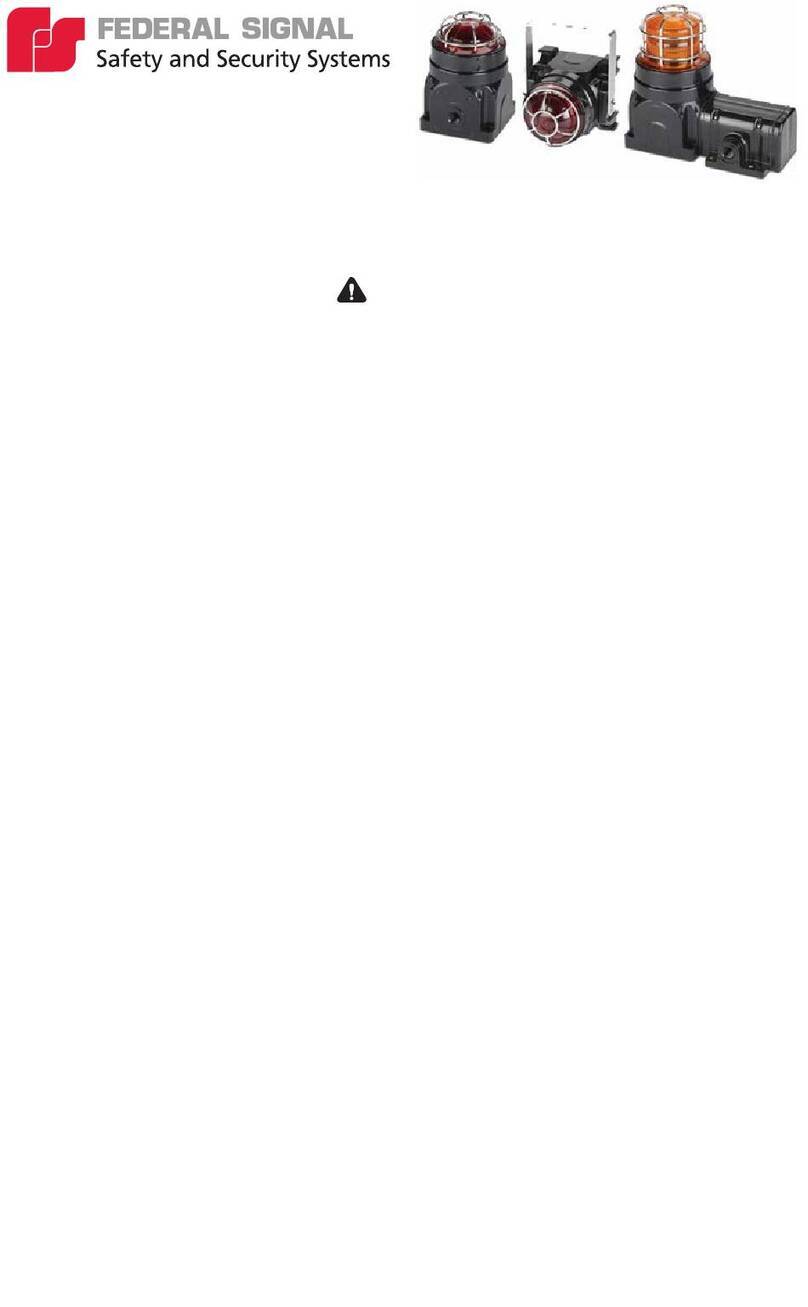
Federal Signal Corporation
Federal Signal Corporation G-LED Series User manual
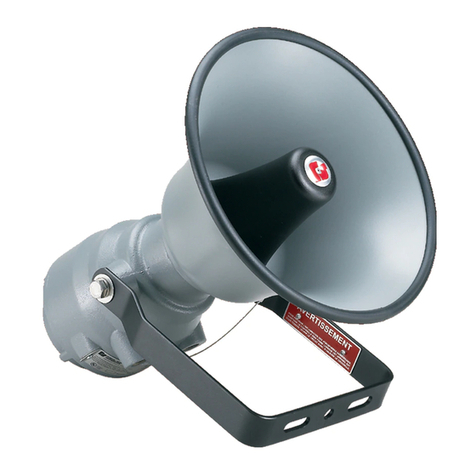
Federal Signal Corporation
Federal Signal Corporation SelecTone Series User manual
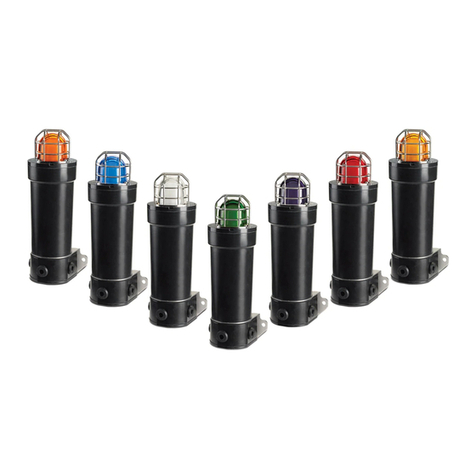
Federal Signal Corporation
Federal Signal Corporation WV450XL Series User manual
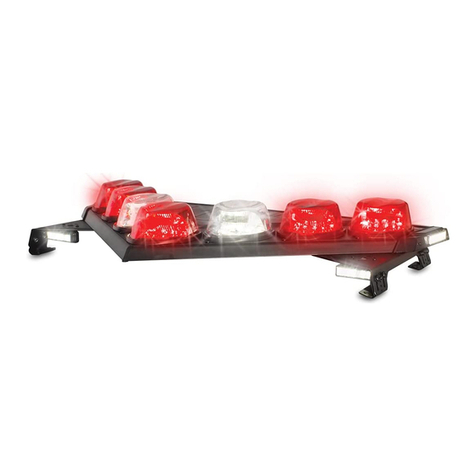
Federal Signal Corporation
Federal Signal Corporation SMART VECTOR SL User manual
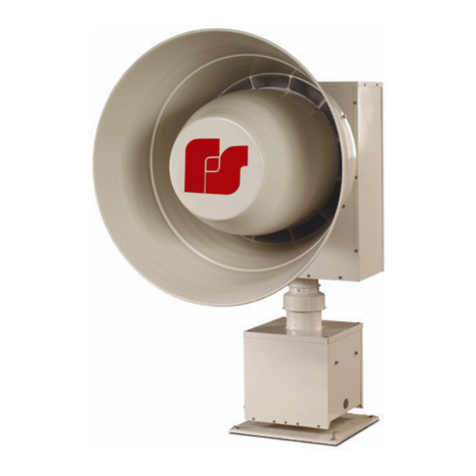
Federal Signal Corporation
Federal Signal Corporation 2001-130 User manual
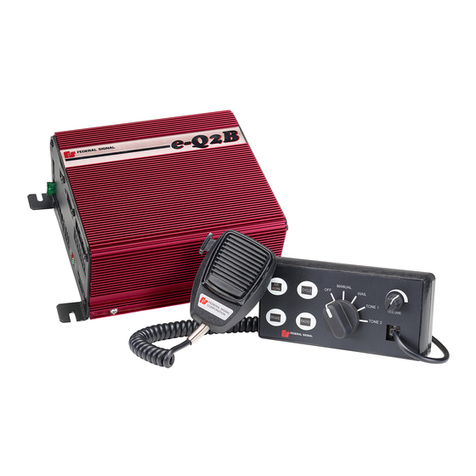
Federal Signal Corporation
Federal Signal Corporation e-Q2B Manual
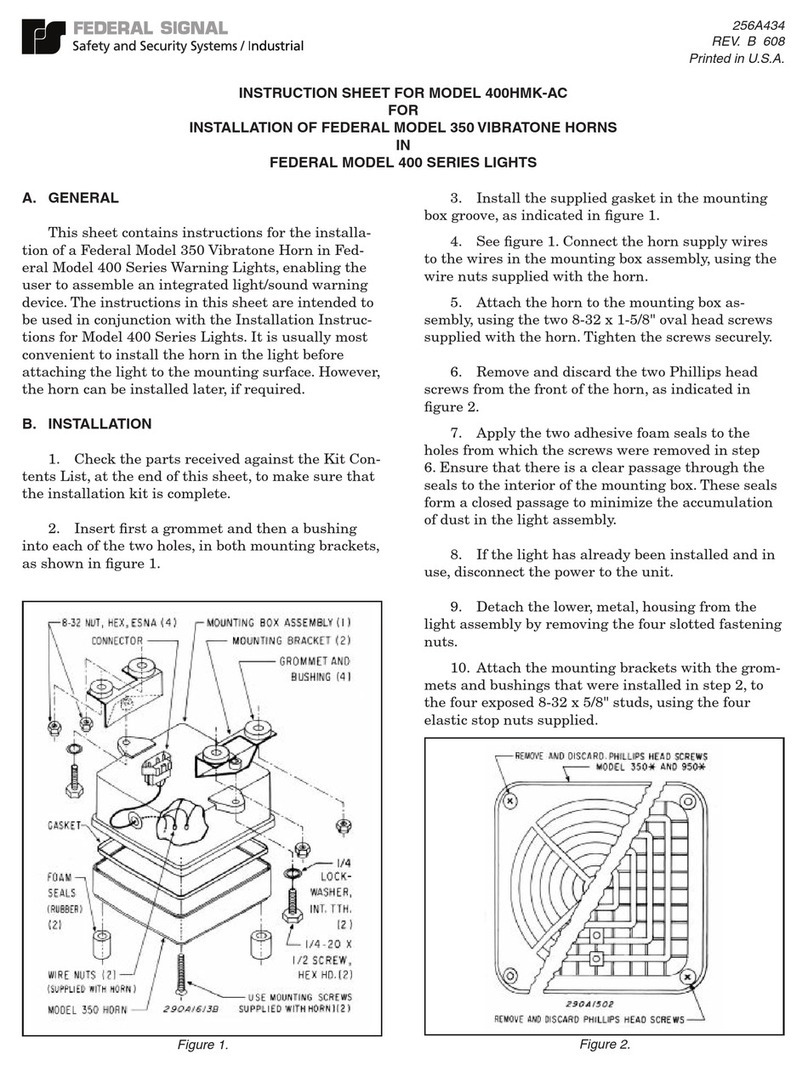
Federal Signal Corporation
Federal Signal Corporation 400HMK-AC User manual
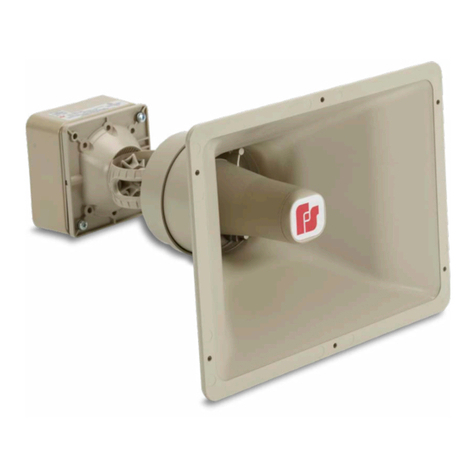
Federal Signal Corporation
Federal Signal Corporation SST3-MV User manual
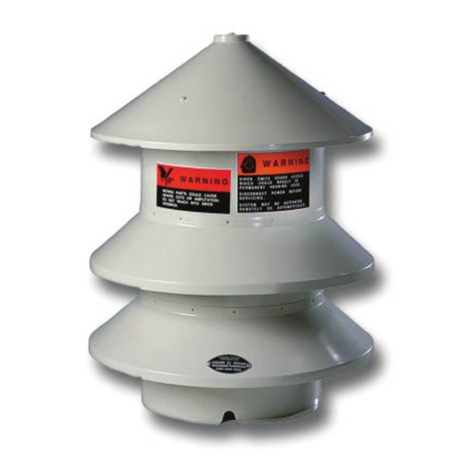
Federal Signal Corporation
Federal Signal Corporation 2-240 Manual
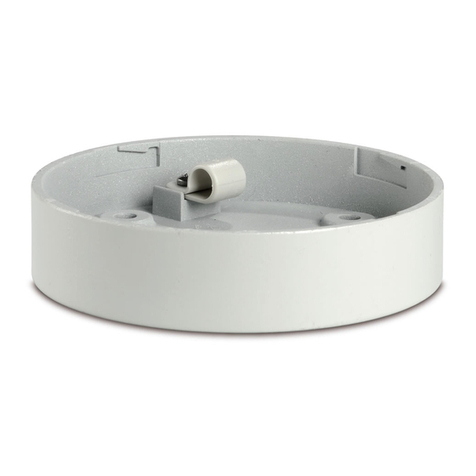
Federal Signal Corporation
Federal Signal Corporation SLMBS Series User guide
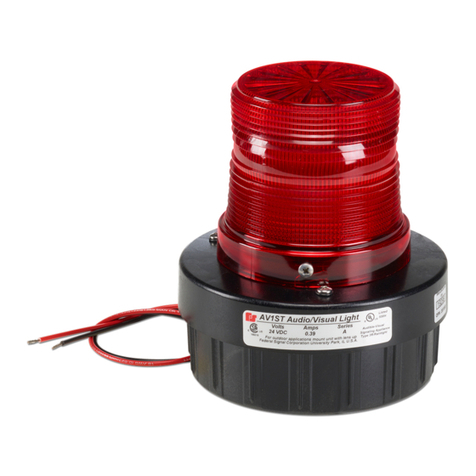
Federal Signal Corporation
Federal Signal Corporation AV1ST Quick guide
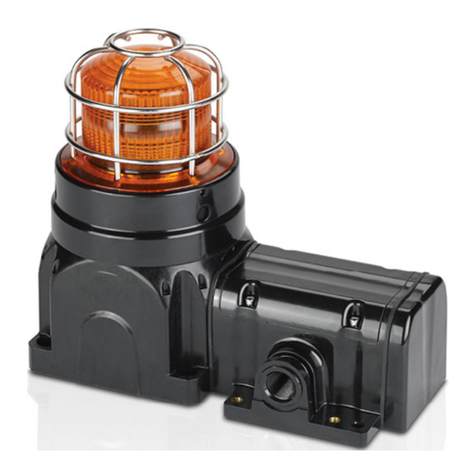
Federal Signal Corporation
Federal Signal Corporation Global G-STR Series User manual
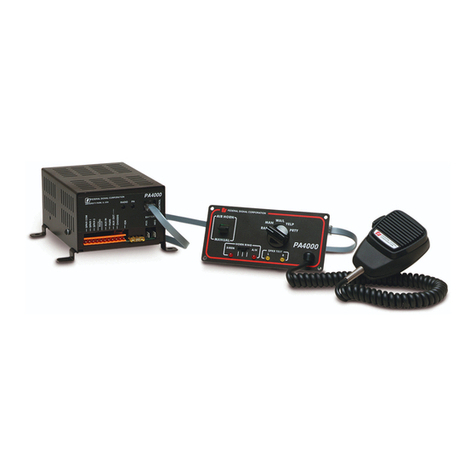
Federal Signal Corporation
Federal Signal Corporation PA4000 Manual
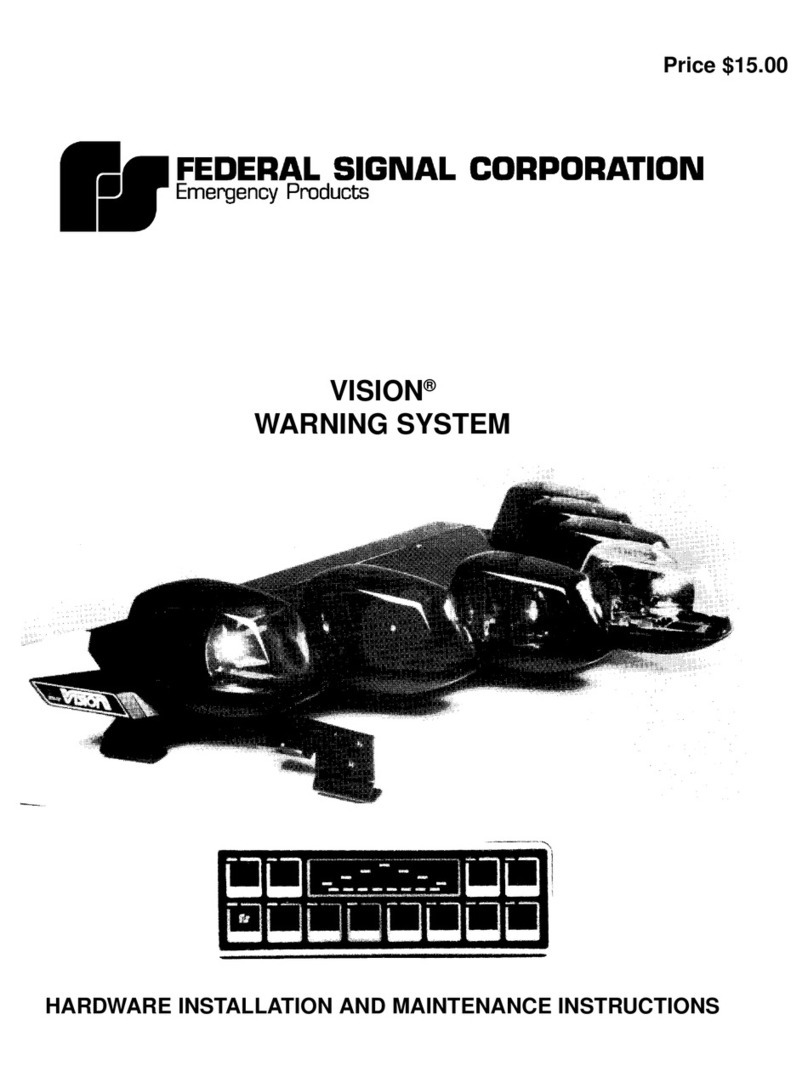
Federal Signal Corporation
Federal Signal Corporation VISION User manual
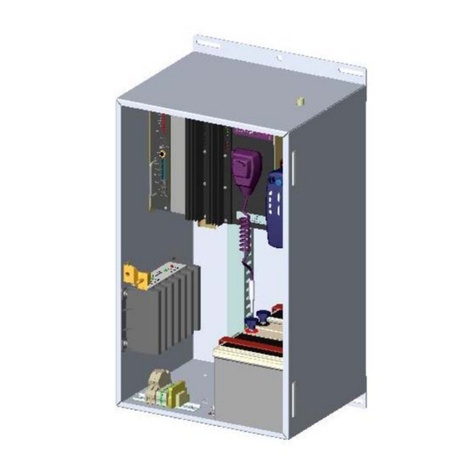
Federal Signal Corporation
Federal Signal Corporation Personnel Alerting System User manual
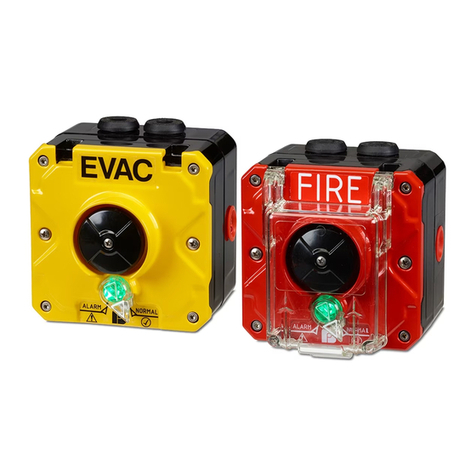
Federal Signal Corporation
Federal Signal Corporation CP-PB Series User manual
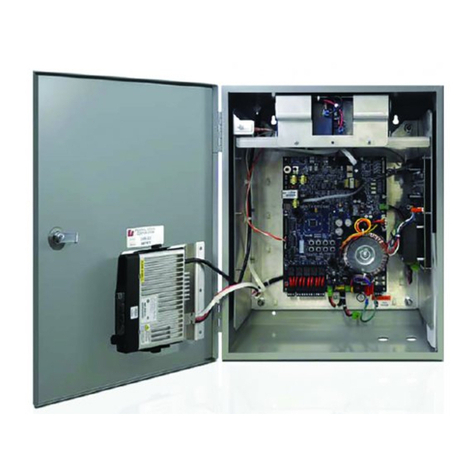
Federal Signal Corporation
Federal Signal Corporation UltraVoice User manual
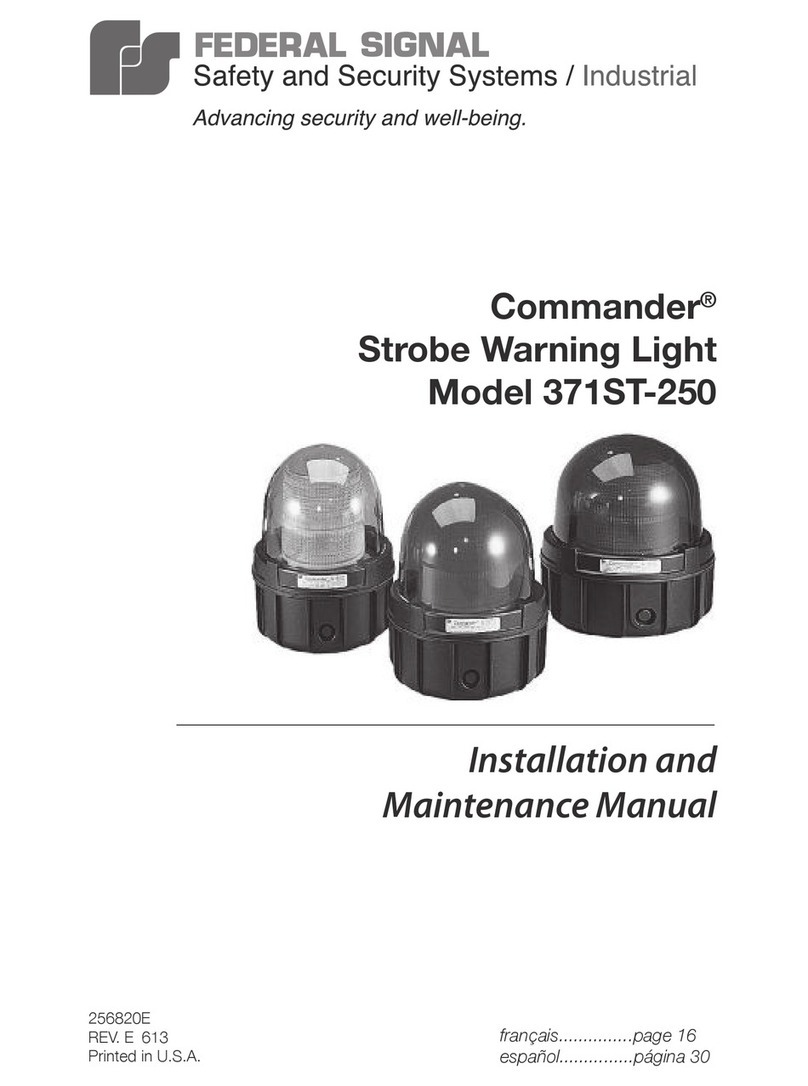
Federal Signal Corporation
Federal Signal Corporation Commander 371ST-250 Manual
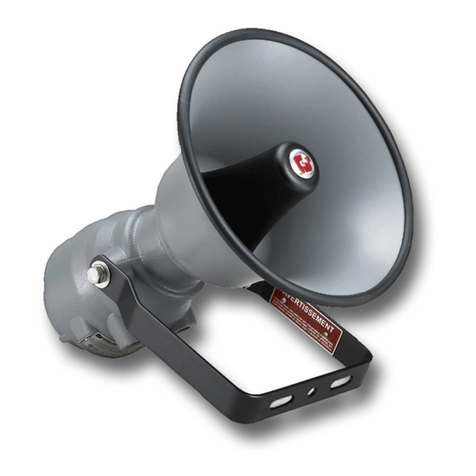
Federal Signal Corporation
Federal Signal Corporation SSTX3-MV Manual
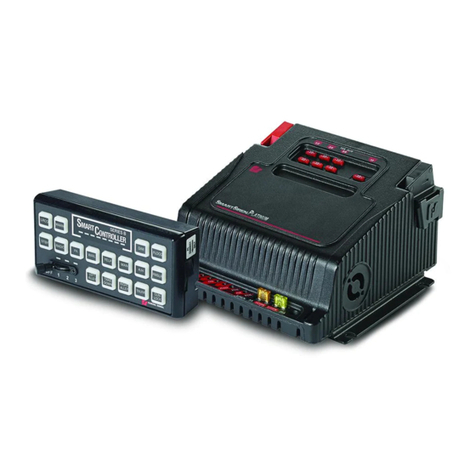
Federal Signal Corporation
Federal Signal Corporation SmartSiren Platinum SSP3000B User manual
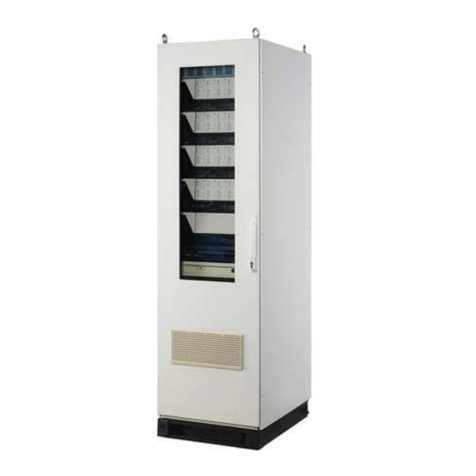
Federal Signal Corporation
Federal Signal Corporation PAGASYS GEN II P-SYS-G Owner's manual
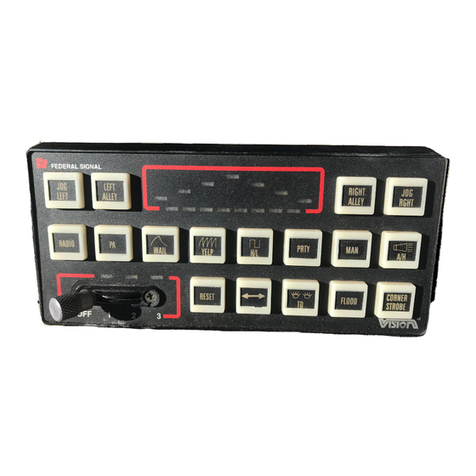
Federal Signal Corporation
Federal Signal Corporation Premium Vision Quick guide
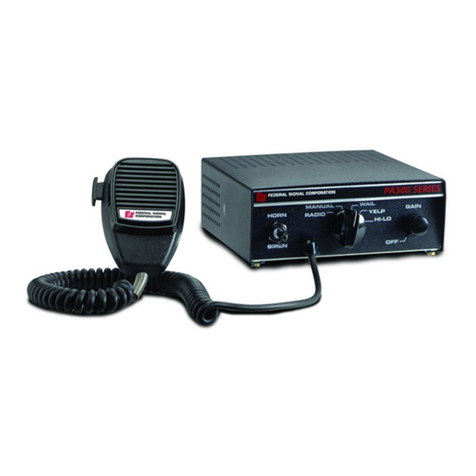
Federal Signal Corporation
Federal Signal Corporation PA300 Series 690009 Owner's manual
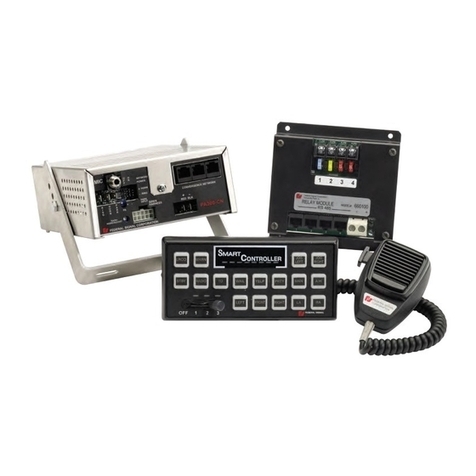
Federal Signal Corporation
Federal Signal Corporation Smart Siren Manual
Popular Security System manuals by other brands

Inner Range
Inner Range Concept 2000 user manual

Climax
Climax Mobile Lite R32 Installer's guide

FBII
FBII XL-31 Series installation instructions

Johnson Controls
Johnson Controls PENN Connected PC10 Install and Commissioning Guide

Aeotec
Aeotec Siren Gen5 quick start guide

IDEAL
IDEAL Accenta Engineering information

Swann
Swann SW-P-MC2 Specifications

Ecolink
Ecolink Siren+Chime user manual

Digital Monitoring Products
Digital Monitoring Products XR150 user guide

EDM
EDM Solution 6+6 Wireless-AE installation manual

Siren
Siren LED GSM operating manual

Detection Systems
Detection Systems 7090i Installation and programming manual















